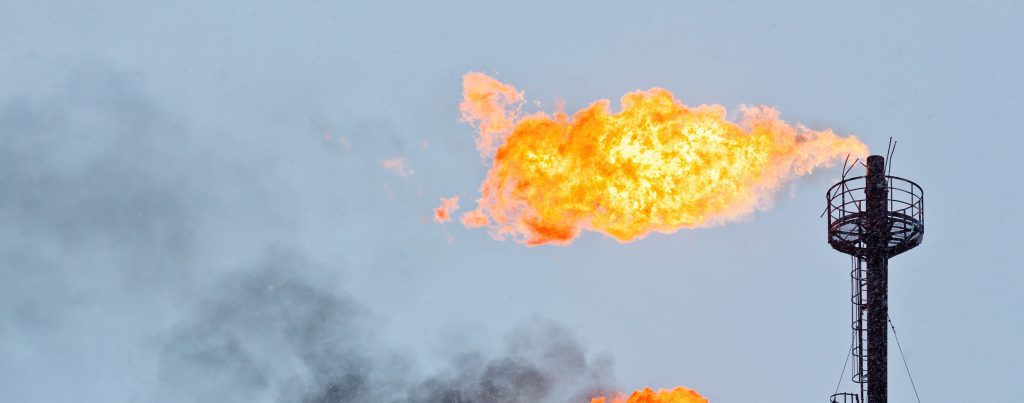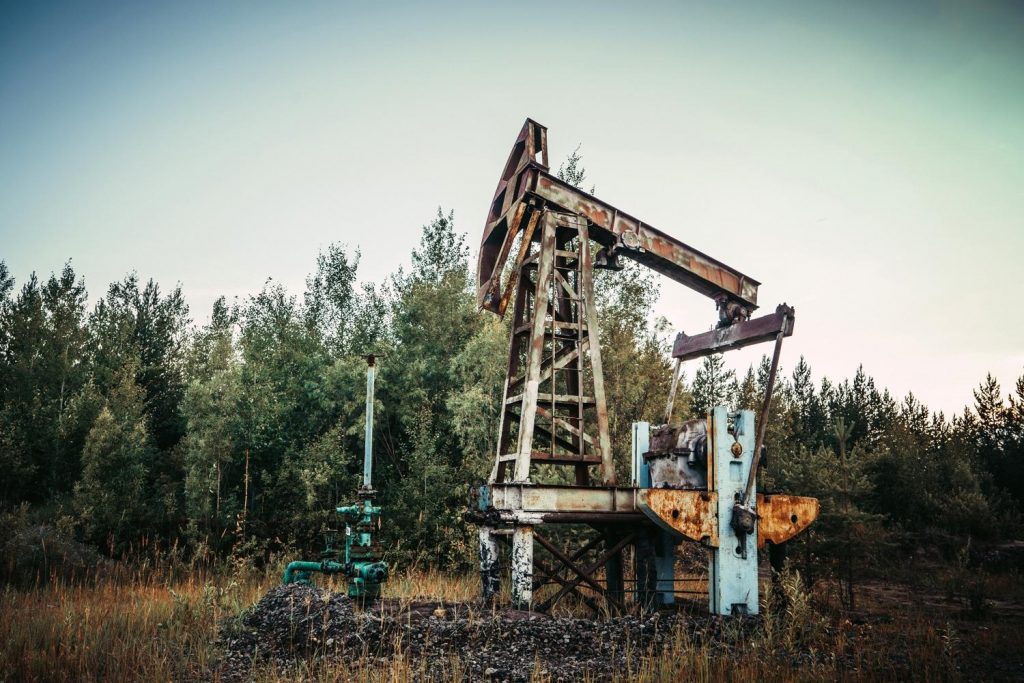Oil companies like TransCanada spend millions of dollars on ads to greenwash their projects. But no amount of slick advertising can hide the truth about the epic risks of the Energy East pipeline proposal.
If approved, Energy East would be even bigger than Keystone XL. This mammoth pipeline would put over 125 communities, including 52 First Nations and Métis communities, at direct risk of an oil spill. And, it would put the water and properties of millions of Canadians at risk.
In the coming months, we expect TransCanada will be working to convince Canadians that this risky project is in Canada’s best interest. So we’ve put together this handy poster to show how Energy East is all risk, with few rewards for Canadians.
While the numbers in the poster speak for themselves, we continue to hear misinformation repeated by the oil industry in a desperate attempt to mislead Canadians about Energy East. Today, we’re taking a little time to set the record straight about TransCanada’s Energy East pipeline plan. So keep on reading because below the infographic are some critical facts about Energy East.
Energy East won’t supply much oil to Canadians
Energy East is all about export. While TransCanada has implied that this proposal is somehow about supplying Canadians with western oil, the facts say otherwise. We crunched the numbers, and as our report shows, as much as 90 per cent of the oil shipped by Energy East would likely be exported unrefined via tanker. That’s up to a million barrels of tar sands oil exported unrefined every day.
As an export pipeline, Energy East will not lead to new refinery jobs and it won’t lower our gas prices. It will, however, dramatically increase the amount of massive export oil tankers in the St. Lawrence River and the Bay of Fundy. This endangers countless species, including threatened Beluga whales. Risking these irreplaceable pieces of our country in order to export oil would only serve to diminish our nation, not build it.
Energy East won’t slow or stop the amount of oil shipped by rail across Canada
Communities looking to protect themselves from the massive boom in dangerous shipments of oil travelling on rail cars are justified in looking for ways to keep oil off the rails. But Energy East isn’t a solution to this problem. Building this pipeline will not protect communities from the dangers of oil shipments by rail. It would expose communities to the additional risks of oil shipments from two sources, instead of one.
The oil industry has been very clear about its plans to increase shipments of oil by rail, as well as by pipeline. For the industry, it’s not an either or scenario. In order for the oil industry to reach its goal of tripling tar sands production by 2030, while exploiting a major boom in fracked shale-oil in the U.S., the oil industry acknowledges it needs every pipeline and oil train it can get its hands on.
Energy East won’t create many permanent jobs
It’s true that building a massive oil pipeline will lead to short-term construction activity, but it won’t generate long-term, lasting jobs. Once built, few permanent jobs are required to operate and maintain a pipeline. TransCanada’s own estimates suggest that only 181 direct long-term jobs would be created across Ontario. That’s dismally low when you consider that this is a $12 billion proposal.
The picture is especially negative when you contrast the low number of jobs against the risks from a potential tar sands oil spill to existing jobs in critical industries, such as the recreation, cottage and tourism industries in northern Ontario that rely on pristine lakes and rivers. For example, the economies of Lake of the Woods or the Ottawa River could be damaged in the event of a major tar sands spill.
We can’t build Energy East if we want to cut global warming pollution
It’s just not possible. Building Energy East would lead to a massive increase in Canada’s carbon emissions – equivalent to putting over 7 million new cars on the road. That’s because Energy East will carry tar sands oil – one of the highest carbon fuels on the planet. The figure of 7 million cars comes from the massive amounts of energy required to produce tar sands oil. It doesn’t even include the emissions from burning that oil!
Canada and the provinces that would play host to this pipeline need to acknowledge that taking meaningful action to prevent climate change also means saying no to massive new fossil fuel infrastructure. Energy East would lock us into increasing emissions for decades, at a time when our emissions need to drop rapidly, if we’re to prevent the worst of climate catastrophes.
As the fastest growing source of greenhouse gas pollution in Canada, the tar sands are standing in the way of action on this critical environmental problem. Meaningful action on climate in Canada means stopping the expansion of tar sands production and the mega-sized pipelines that fuel it.
Tar sands pipelines (and the expansion of the tar sands they enable) are not inevitable
Energy East is just the latest (and largest) in a long line of proposed mega-pipeline projects intended to expand tar sands oil production. Each gigantic pipeline project, like Keystone XL, has faced large and growing opposition. Northern Gateway is just one of many pipeline proposals not going ahead in the face of public opposition and court cases.
We’ve already seen the oil industry walking away from new tar sands expansion projects like Total’s Joslyn North because the economics not longer make sense for these projects. Not building the Joslyn North mine will prevent vast quantities of air, water and carbon pollution, and will protect the Boreal Forest from destruction. There is a direct link between pipelines like Energy East and pollution. Stopping one will help stop the other.
If Energy East is not built, the reckless expansion of the tar sand will slow, leaving dirty oil safely in the ground instead of putting millions of Canadians at risk of oil spills.
There’s no doubt about it. Energy East is a reckless project, which would put our land, water, air and climate at risk. We don’t need dirty tar sands oil to power our economy. We can power our economy with safe, clean, modern energy, and break our addiction to fossil fuels.
We all deserve a say on protecting our future. You can have yours here. Take action today and make your voice heard about Energy East!
Want to do more?
Share the link to our Energy East poster on Facebook and Twitter.









